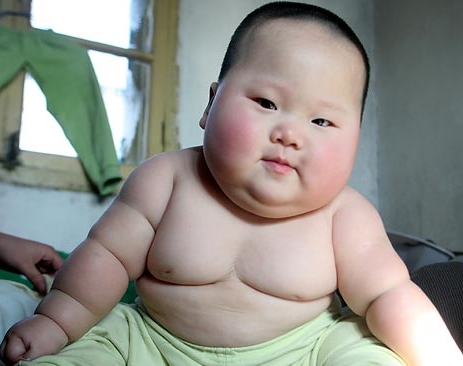
When discussing “sustainability”, the topic of populations is one of those topics that can quickly lose out to solar panels, cap and trade, and biofuels.
The problem is that population is a core consideration not only in looking back in history, but in plotting the path forward, and it is the subject of a recent study at Oregon State University.
A study that found
in the United States, the carbon legacy and greenhouse gas impact of an extra child is almost 20 times more important than some of the other environmentally sensitive practices people might employ their entire lives – things like driving a high mileage car, recycling, or using energy-efficient appliances and light bulbs.
The research also makes it clear that potential carbon impacts vary dramatically across countries.
At the recent Net Impact event, when I mentioned the fact that I felt the role of population (more specifically population control) had yet to be brought to the forefront of the conversations, a member of the panel was quick to point out that there are two schools on population: Those who see population as a core issue, and those who say that it is not the size of the population that matters.. it is the impact of the population… that if the world were made up of the average Chinese person, then we would not be in the bind we are in, and thus we should not focus on populations, but on consumption.
A point that this study makes:
Under current conditions in the U.S., for instance, each child ultimately adds about 9,441 metric tons of carbon dioxide to the carbon legacy of an average parent – about 5.7 times the lifetime emissions for which, on average, a person is responsible.
And even though some developing nations have much higher populations and rates of population growth than the U.S., their overall impact on the global equation is often reduced by shorter life spans and less consumption. The long-term impact of a child born to a family in China is less than one fifth the impact of a child born in the U.S., the study found.
Where data, and analysis like this are helpful and destructive at the same time is that while these are figures that are an accurate picture of the past (up to the publication of the study), they fail to take into account the simple facts that (1) these averages are skewed by the 900 million rural residents of China and that (2) there are plans to move 400 million into the city within the next 11 years (roughly).
So, great document that US Policy makers should be able to use as a example that need to per capita gains can be made, but one that I fear is having a more negative impact. It is providing misleading “proof” that China’s development is somehow going to be better than the US under the current trajectory.
